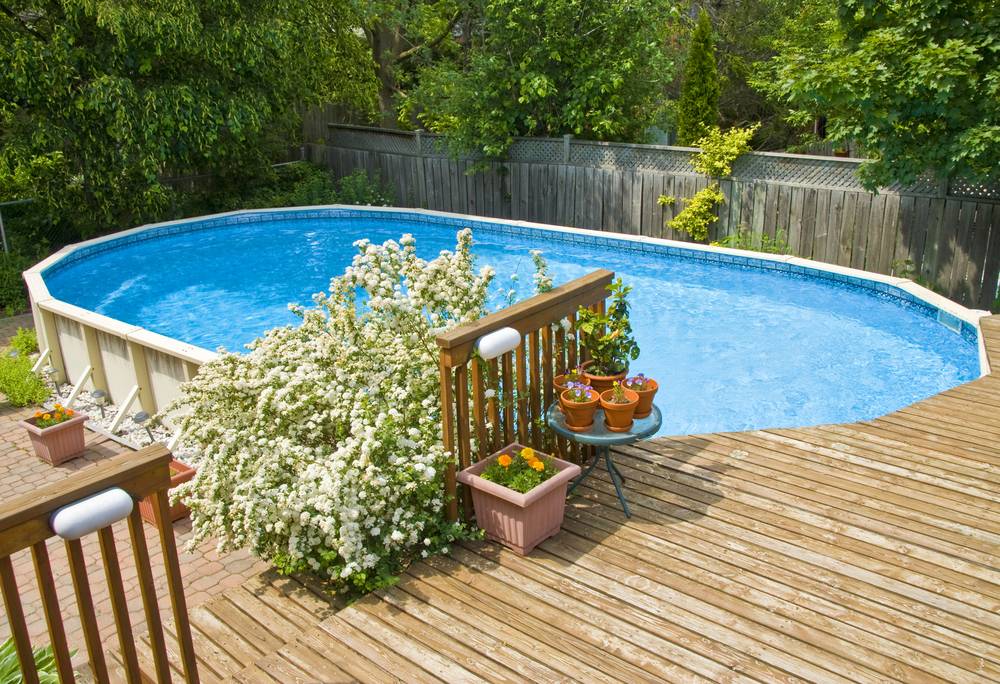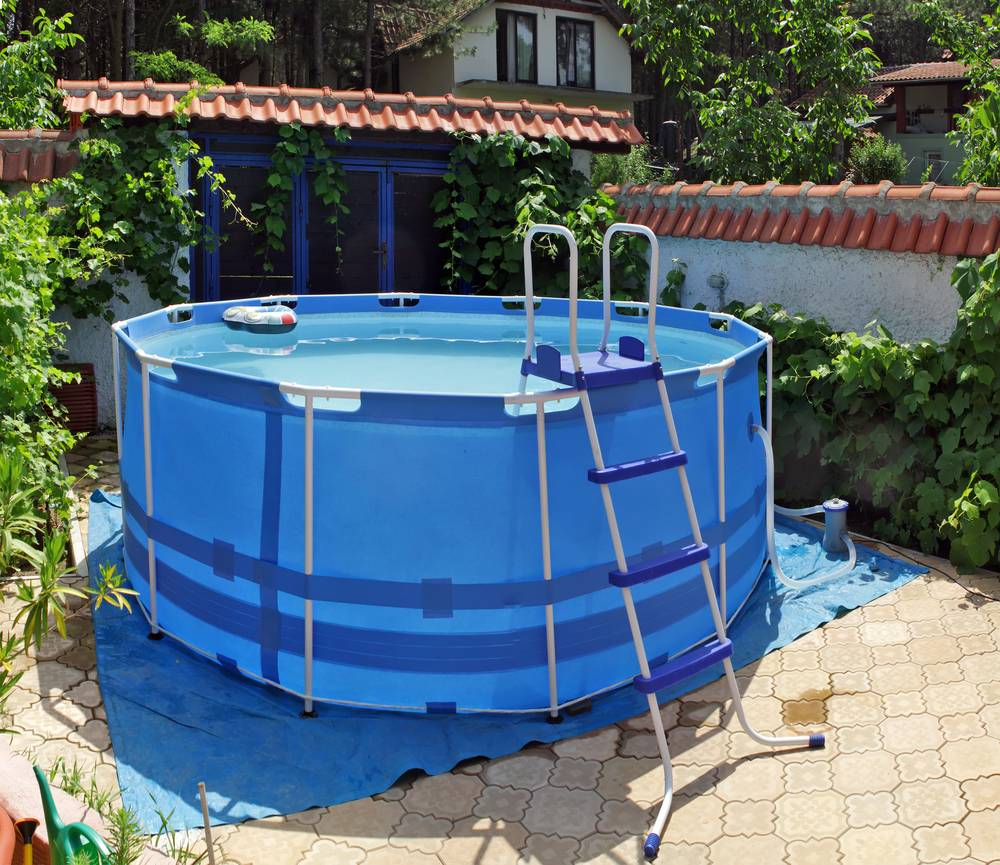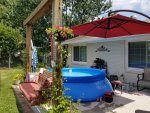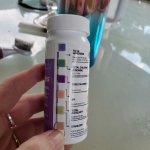So I have been fairly fastidious on maintaining my water chemistry. However, after some significant rain, I have an algae bloom.
My chlorine (by tablet) is high as is my free chlorine. How do I get an algae bloom with high chlorine? What am I doing wrong. Says my ph is low. I thought high ph and produce algae. Seems logically high chlorine with low ph would mean I woudn't get algae?
Any advice, insight, guidance is appreciated. The chemical calculations for some of this stuff is tricky too. Such a small pool, the general manufacturers base everything on 10,000 gallons or more. I can do the math but with such a difference in volume I wonder if it is accurate.
My chlorine (by tablet) is high as is my free chlorine. How do I get an algae bloom with high chlorine? What am I doing wrong. Says my ph is low. I thought high ph and produce algae. Seems logically high chlorine with low ph would mean I woudn't get algae?
Any advice, insight, guidance is appreciated. The chemical calculations for some of this stuff is tricky too. Such a small pool, the general manufacturers base everything on 10,000 gallons or more. I can do the math but with such a difference in volume I wonder if it is accurate.






